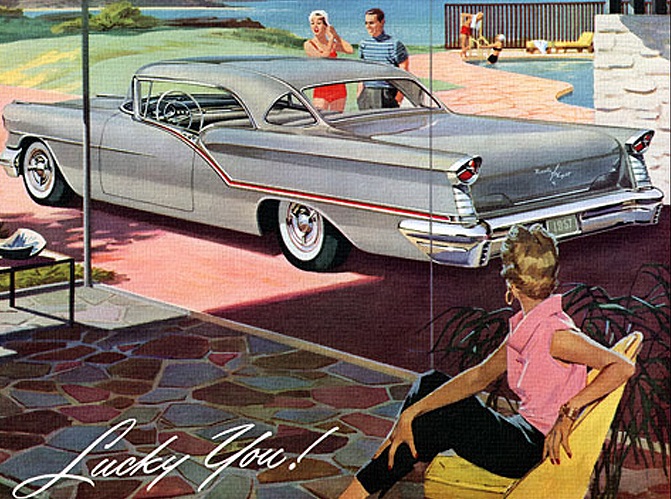How Customers Watch What Others Buy
This is one of our free-to-access content pieces. To gain access to all Ideas for Leaders content please Log In Here or if you are not already a Subscriber then Subscribe Here.

While consumers (and the marketers who market to them) believe that purchasing decisions are based on a combination of emotional and rational factors, a research team from the Kellogg School of Management at Northwestern University and The Wharton School of the University of Pennsylvania identify a more basic motivation that pushes people to buy: they look at what others around them are buying.
Why do people buy? In an era of almost unlimited choices and unprecedented access to products and services, understanding what will push customers to buy a particular product is vital to any kind of business success. Neuroscience, for example, has become a major window into the mind of the consumer.
Through an in-depth statistical analysis of 1.6 million car purchases over a period of nine years and across a broad geographic area, Blake McShane, Assistant Professor of Marketing at the Kellogg School of Management, Eric T. Bradlow, Professor of Marketing, Statistics, and Education at The Wharton School, and Jonah Berger, Assistant Professor of Marketing at Wharton, uncovered a more basic purchasing influence: you buy what you see others around you buy — at least, according to the research, when buying cars. Sight is the key element; car purchases that are “out of eyeshot” are not going to have the same effect. (The researchers used zip codes to determine what was in or out of eyeshot. The further the comparative zip codes from the focal zip code, the less correlation between purchase levels.)
Based on the research team’s analysis, for every seven cars purchased, an additional purchase is made due to what the authors term “visual influence.”
The research also identified various factors that impact visual influence. The social identity of the current and prior purchasers plays a role: using gender as their marker for social identity, the researchers demonstrated that for female-oriented vehicles, women were more influenced by what they saw other women buy; the same correlation applied to men and male-oriented vehicles. Price range is also a deciding factor: The fact that people see a Ferrari on the road is not going to cause them to buy a Ferrari when they can only afford a Toyota. And proving the maxim that too much of a good thing is never good, the research shows that saturation can kill visual influence.
While the study centered on car purchasers, the results of the study have clear implications for other products. Car purchases are one of the most visible purchases one might make. (In areas where cars were not as visible, such as in areas of bad weather or in the city where people are more likely to use public transportation, visual influence was markedly less present, reinforcing the researchers’ hypothesis.)
However, the purchase of a car is also highly influenced by functional and economic considerations, from style to price to safety or fuel-efficiency attributes. If visual influence is a factor for a functional product such as cars, it can be assumed that visual influence would be an even greater factor for other visible but less functional product categories, from toilet paper at the low end to women’s purses at the high end.
Executives and managers should also take into account visual influence when assessing the success of an advertising or marketing campaign. If an ad leads to purchases that, in turn, lead through visual influence to other purchases, these last purchases should also be attributed to the campaign. Many companies might be underestimating the ROI of their marketing initiatives, and as a result may be setting their marketing activity too low.
In conclusion, understanding and acknowledging the effects of visual influence has the potential to impact management decisions on everything from the design of advertising and product launch campaigns to brand and inventory management.

Ideas for Leaders is a free-to-access site. If you enjoy our content and find it valuable, please consider subscribing to our Developing Leaders Quarterly publication, this presents academic, business and consultant perspectives on leadership issues in a beautifully produced, small volume delivered to your desk four times a year.

For the less than the price of a coffee a week you can read over 650 summaries of research that cost universities over $1 billion to produce.
Use our Ideas to:
Speak to us on how else you can leverage this content to benefit your organization. info@ideasforleaders.com